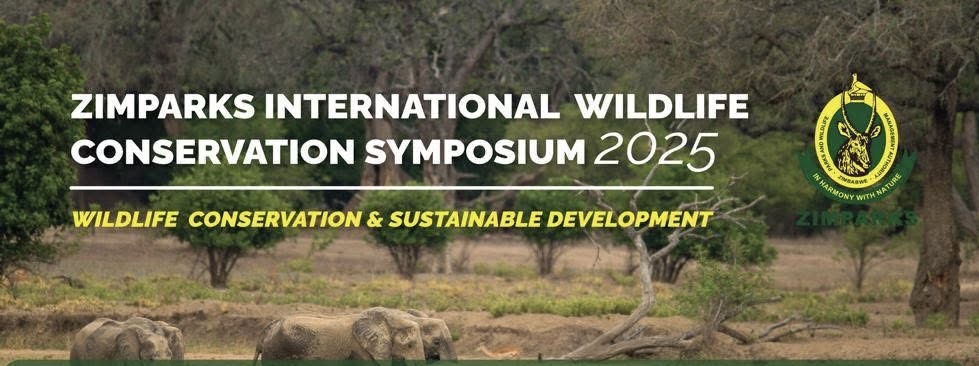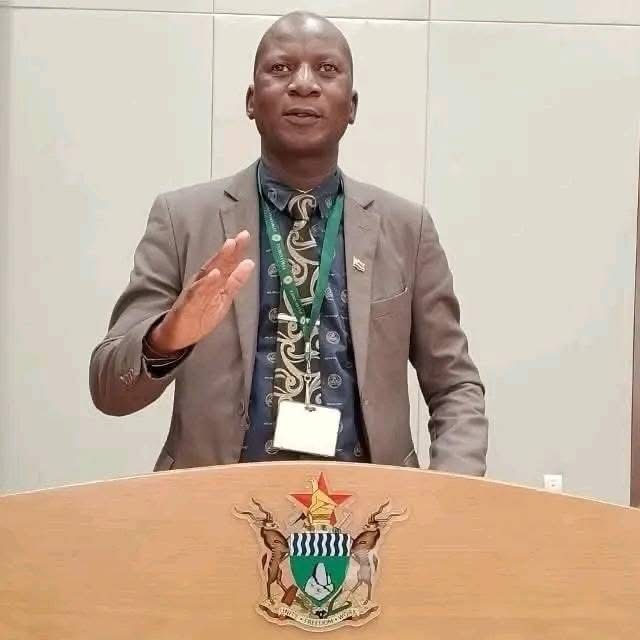
BY MEMORY MATARANYIKA
Zimbabwean companies have until the end of this year to declare sales undertaken in foreign currency or risk rigorous audits and hefty fines – as dollarisation, which remains unmatched by foreign currency tax collections, intensifies across the economy.
The local unit of exchange, the Zimbabwe dollar, has continued to struggle on official and parallel currency markets, prompting traders to push for sales in hard currency.
President Emmerson Mnangagwa’s administration – cash-strapped owing to a dearth of foreign investment, smuggling of minerals such as gold, and because of its net importer status – is expecting a boost to its foreign currency revenues from the latest operation, which is targeting firms not declaring forex sales.
The Zimbabwe Revenue Authority (Zimra) says it has noted that there are “… traders who are falsifying their financial records”, through failure to declare foreign currency sales or converting such sales into Zimbabwean dollar for taxation purposes.
Additionally, some companies that are transacting in foreign currency, “… are converting such transactions to Zimbabwean dollars for tax purposes”.
The authority has therefore given these businesses until December 31 to declare all sales recorded in foreign currency.
“Zimra is therefore urging all traders to come forth and make voluntary disclosures of all under-declared or non-payment of tax by 31 December 2021 to avoid vigorous audits, prosecution and penalties that will be instituted soon after the deadline,” the authority said in a notice.
The ultimatum issued by Zimra for Zimbabwean companies to declare transactions undertaken in foreign currency comes on the back of a decline in export earnings amid high demand for forex across the economy.
Zimstats said earlier this month that the value of Zimbabwe’s total exports in August declined 5% to $597.2 million, with imports for the same period standing at $667.5 million.
The central bank of Zimbabwe has also been battling to meet foreign currency demands from industry for retooling, raw material imports, and the resuscitation of the manufacturing sector.
Additional pressure on the government’s foreign currency resource base will be the payment of bonuses for civil servants in foreign currency.
Labour unions representing civil servants on Monday said the bonuses would be accessible in foreign currency from the banks.
This is unlike in previous instances when the bonuses would be liquidated into local currency using the official exchange rate.
The Zimbabwe Confederation of Public Sector Trade Unions said in a statement that the bonus will be accessible in US dollars.
Analysts at Old Mutual Zimbabwe expect that the Zimbabwe dollar’s “… weakening is likely to persist”, for the remainder of the current quarter.

 Slider3 years ago
Slider3 years ago
 National4 years ago
National4 years ago
 Tourism and Environment4 years ago
Tourism and Environment4 years ago
 Opinion4 years ago
Opinion4 years ago
 Special reports4 years ago
Special reports4 years ago
 National4 years ago
National4 years ago
 National3 years ago
National3 years ago
 National3 years ago
National3 years ago




